The fans of RPGs based on tabletop games have been eating well these past few years, with both Baldur’s Gate 3 and Pathfinder: Wrath of the Righteous giving players the chance to experience titles that act like single-player versions of Dungeons & Dragons 5E and the first edition of Pathfinder. Now that both are on the market, which is the superior game?
While the Pathfinder tabletop RPG is its own entity, it actually uses an updated version of the D&D 3.5E rules, so a lot of what it has to offer will be familiar to people who play Baldur’s Gate 3 or even the Neverwinter Nights games from back in the day. This means that both games use a lot of the same stats and terminology, so you shouldn’t have too much trouble transitioning to one if you’ve played the other.
Related: Baldur’s Gate 2’s Slayer Form Makes Surprise Return In Baldur’s Gate 3
D&D 5E Vs. Pathfinder 1E
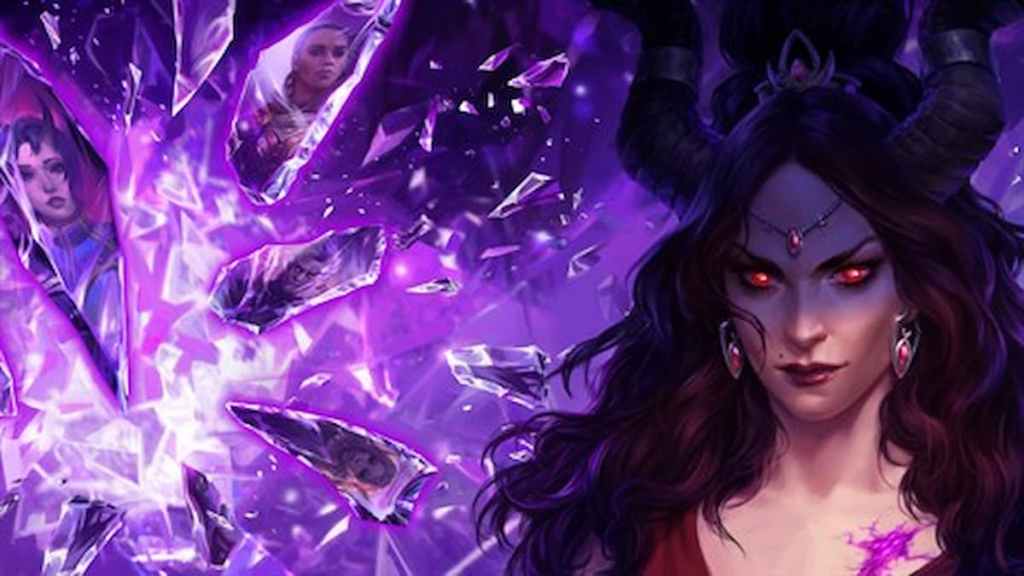
Both Baldur’s Gate 3 and Pathfinder: Wrath of the Righteous offer fairly accurate representations of their respective tabletop games. In the case of Baldur’s Gate 3, it uses the D&D 5E rules, which are notable for being a lot easier to understand and more beginner-friendly than older editions of the game. In contrast, Pathfinder: Wrath of the Righteous uses the Pathfinder 1E rules, which have a lot more number crunching involved. The game also gives you six party members (along with your pets and summons), which means there is much more to keep track of, with battles often involving way more foes than Baldur’s Gate 3.
When comparing the two, Baldur’s Gate 3 is easier for new players, as there is much less to manage regarding your party, while Pathfinder: Wrath of the Righteous fills you with options and stats you need to manage. The combat in Baldur’s Gate 3 often lets you use the environment to your advantage, while Pathfinder: Wrath of the Righteous is more about all of the spells and items that you prepare going into battle, which can be time-consuming, especially when you have to buff everyone.
On the flip side, it should be mentioned that Pathfinder: Wrath of the Righteous offers high-level content, as you can take your characters to level 20, while Baldur’s Gate 3 only lets you hit level 12. This means that Pathfinder: Wrath of the Righteous offers a more complete experience regarding its system, as you’ll be throwing out level 9 spells and facing epic beasts, while Baldur’s Gate 3 caps things off with level 6 spells.
Intimate Story Vs. Epic Scope
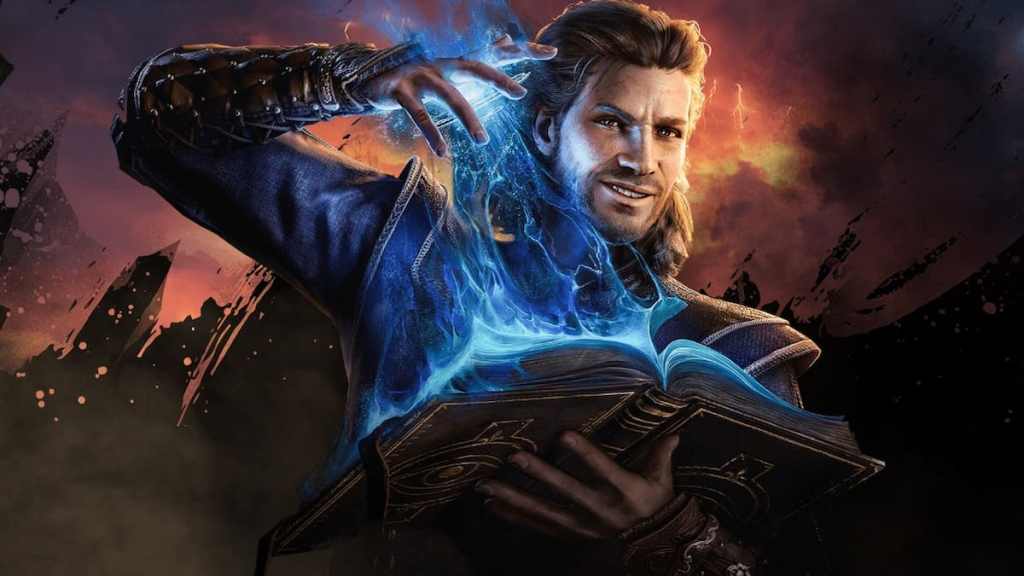
The biggest divergence point is the scope of the stories and the relationships you have with the characters. Baldur’s Gate 3 involves a plot wielding gods and monsters, culminating in a trip to the titular city for a final showdown. Pathfinder: Wrath of the Righteous tells a much bigger story as you lead the crusade against an invading demon army, traveling across an entire country, freeing holdfasts, and building a nation that can withstand the oncoming fiends.
The fact that Pathfinder: Wrath of the Righteous has an entire mass battle mode shows how it has a much bigger scale than Baldur’s Gate 3. Should you so choose, you can manage your armies and control them in battle, gradually unlocking the world map as you go. Baldur’s Gate 3 is more about packing lots of content into a few big maps rather than giving you many places to explore.
Where Baldur’s Gate 3 pulls ahead is in the intimacy of its story and characters. This game has so much dialogue that it feels as if it reacts to every situation, especially regarding how you treat your party members. The sheer number of ways you can treat the characters in the game is astounding, with numerous ways you can resolve situations, ranging from romance to completing quests. It’s truly astounding how in-depth the developers went in letting you experience the story the way you’d like.
Verdict: The Complete Experience
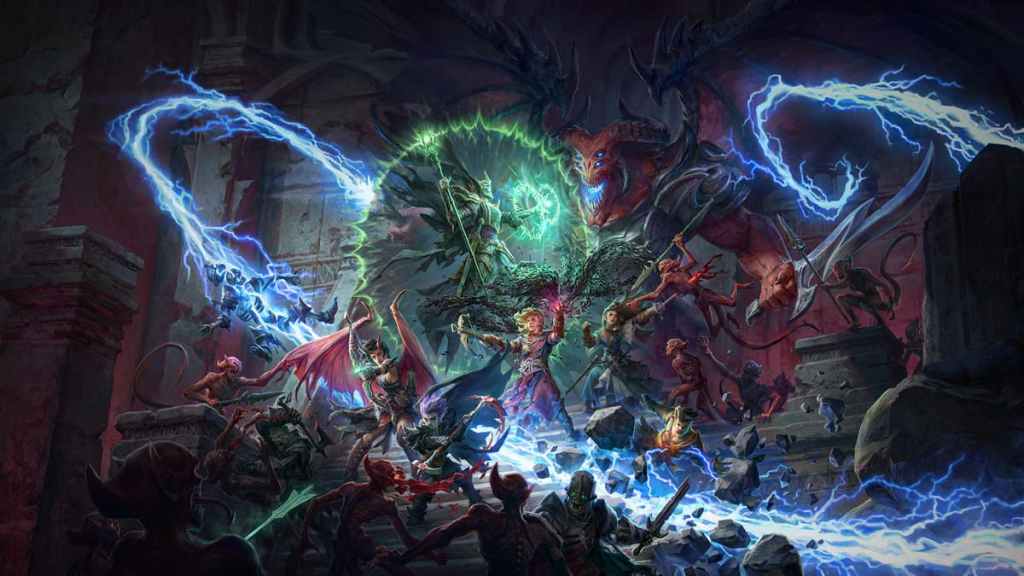
As of the time of writing, Pathfinder: Wrath of the Righteous has been out for nearly two years and has received many refinements and updates following a rocky launch. The game has also received a lot of DLC that further expands its content. By comparison, Baldur’s Gate 3 is still in a touchy state regarding performance and technical issues, and it will take at least a year before it can be seen as “finished.”
The final Act of Baldur’s Gate 3 has also come under fire for feeling incomplete, which hasn’t been helped by the discovery of tons of unused content, suggesting that the developers prioritized the front half of the adventure, as that’s where players will be spending most of their time. This all suggests that we’ll be seeing more and more updates for Baldur’s Gate 3 in the future, fleshing out the experience and filling out the final section of the game.
By comparison, Pathfinder: Wrath of the Righteous has had nearly two years to iron out the bugs and add more content to the point where it can match Baldur’s Gate 3 in length. Pathfinder: Wrath of the Righteous is also available on every system, including the Nintendo Switch (via cloud streaming), while Baldur’s Gate 3 is currently locked on PC, with current-gen console versions arriving later, with no PS4 or Xbox One ports planned.
Related: Baldur’s Gate 3: What’s The Level Cap?
As of the time of writing, Pathfinder: Wrath of the Righteous is the better game, by virtue of being a complete experience. This won’t always be the case, though, as when Baldur’s Gate 3 reaches the same level of polish, and some of that lost content is put back into the final act, then it will overtake its competitor and become the superior experience.

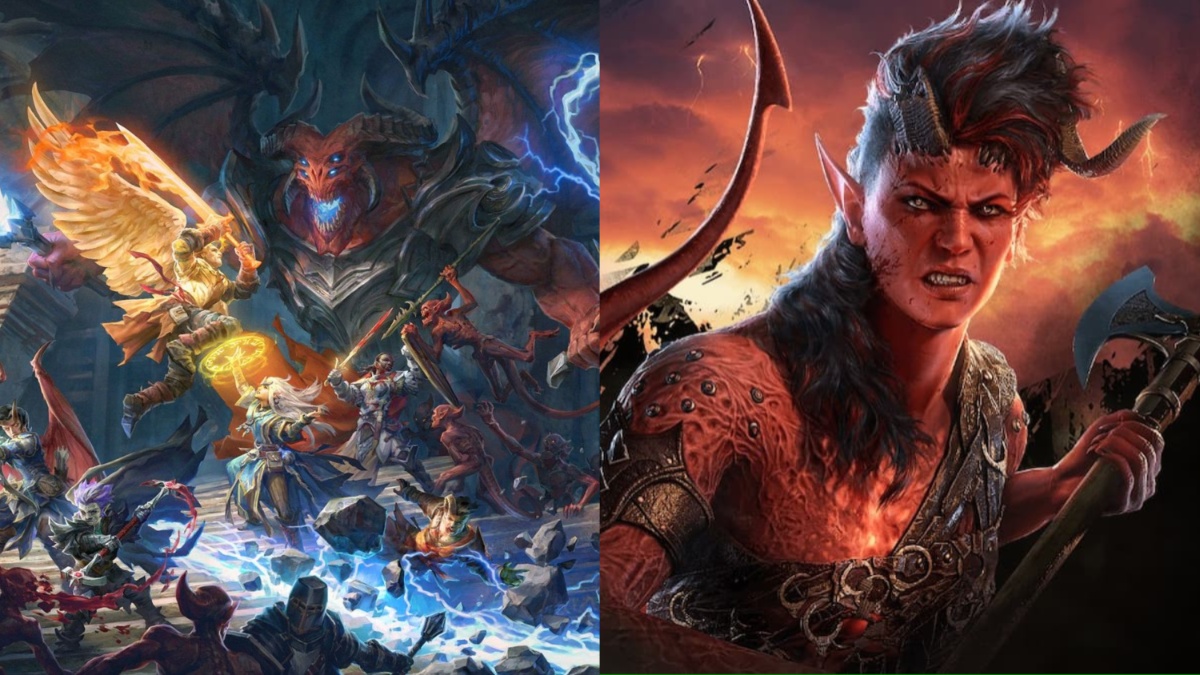
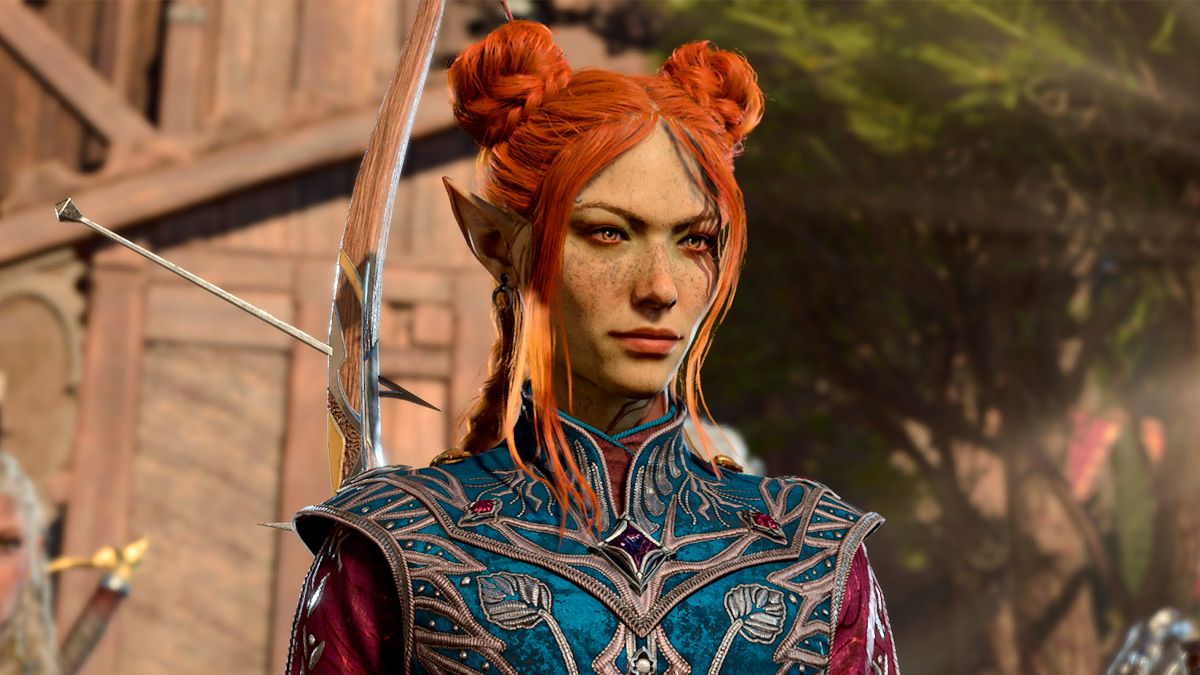
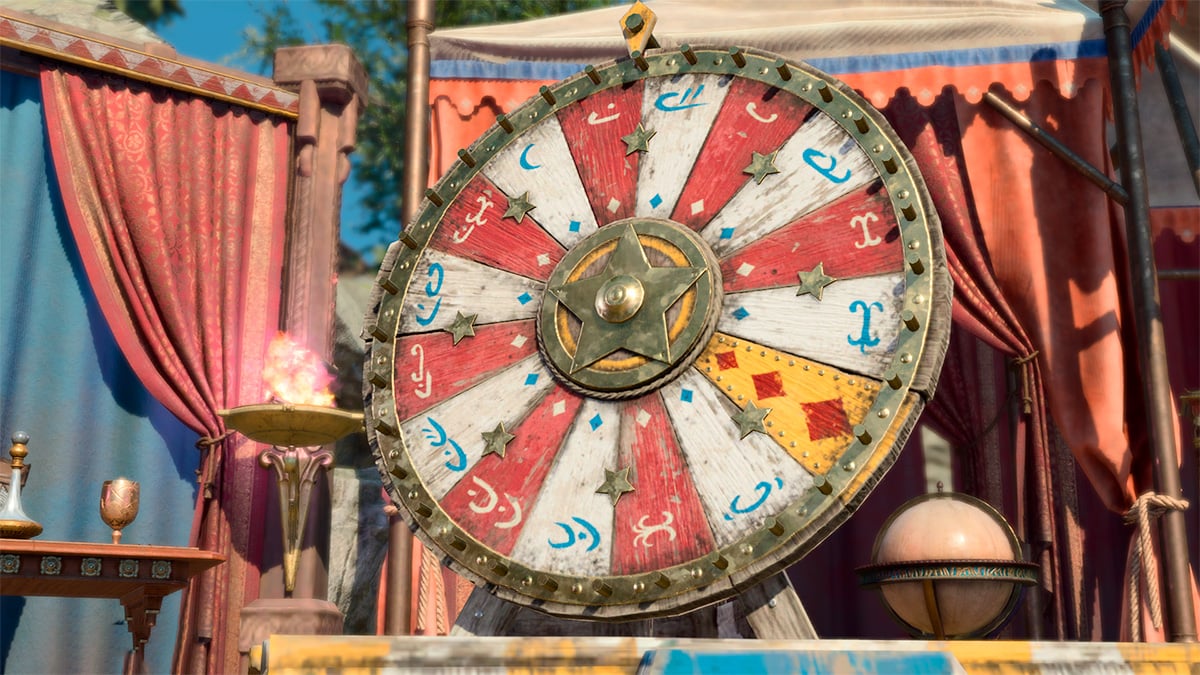
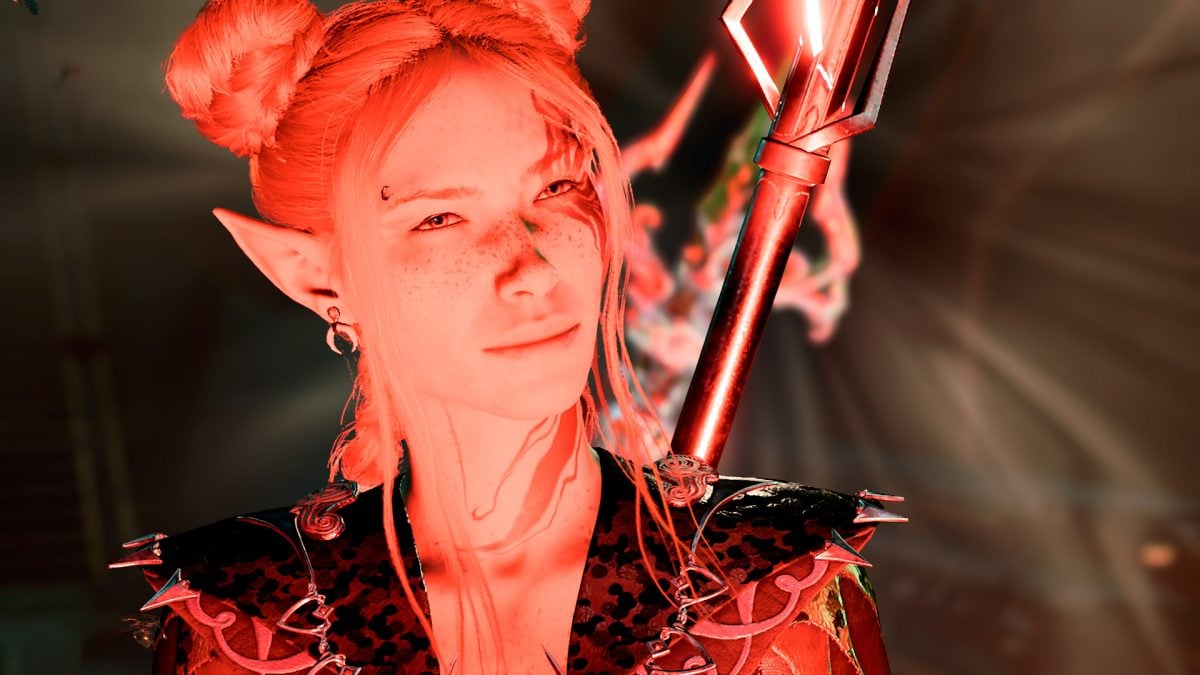
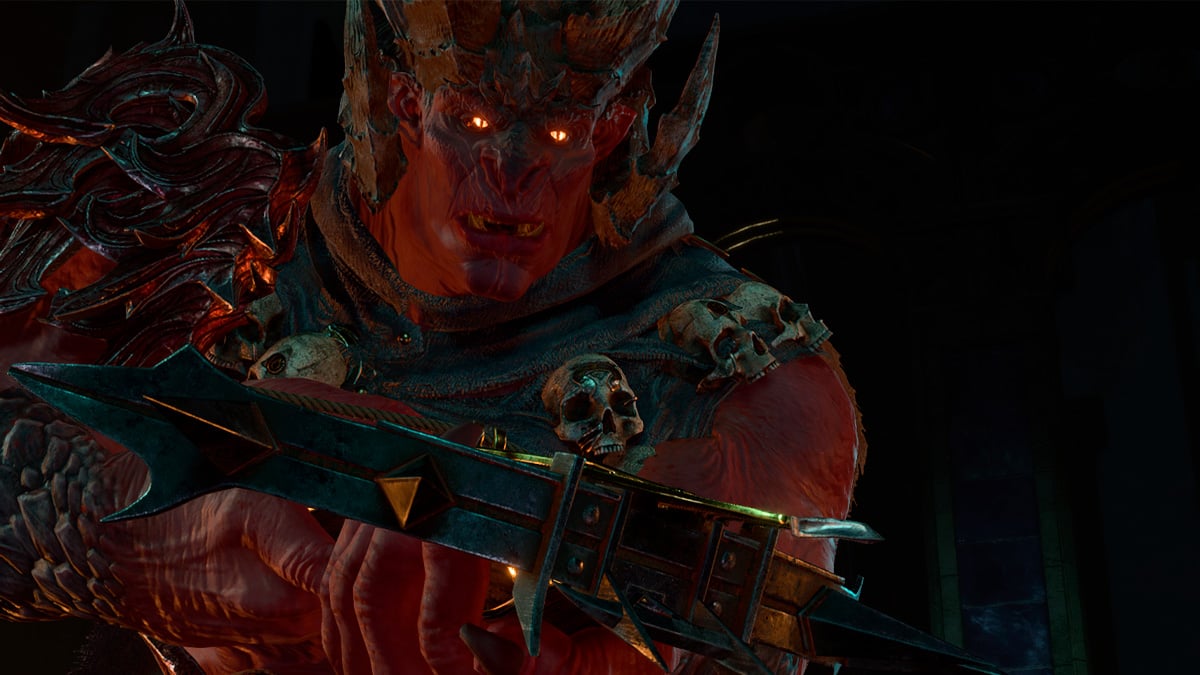
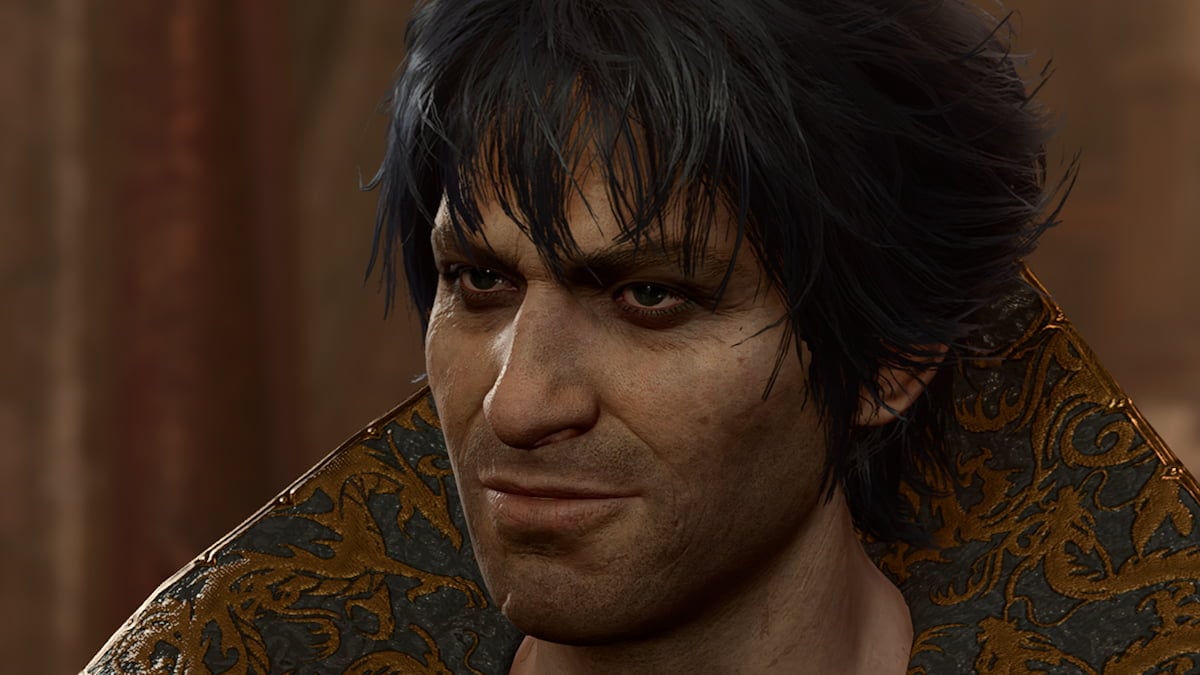
Published: Aug 25, 2023 05:01 pm